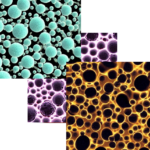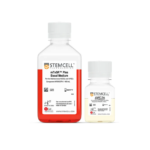Stem cell storage, also known as stem cell banking or cryopreservation, involves preserving stem cells for future use. This process is primarily done with the intention of using the stem cells for medical treatments or therapies. There are two main types of stem cell storage:
Cord Blood Banking
Stem cells are collected from the umbilical cord blood of a newborn baby. After a baby is born, the umbilical cord is clamped and cut, and the remaining blood in the cord is collected. This blood is rich in haematopoietic stem cells, which can develop into various blood cell types. The collected cord blood is processed, and the stem cells are frozen and stored in a cryogenic storage facility. This can be done through public cord blood banks (donation for public use) or private cord blood banks (for personal or family use).
Cord blood stem cells are primarily used in the treatment of certain blood disorders, immune system disorders, and genetic disorders. They can also be used in research.
Adult Stem Cell Banking
Adult stem cells can be collected from various tissues in the body, such as bone marrow or adipose (fat) tissue. The collection of adult stem cells is usually more invasive than collecting cord blood. For example, bone marrow aspiration involves extracting stem cells from the bone marrow, while adipose-derived stem cells can be obtained through liposuction.
Similar to cord blood, adult stem cells are processed, frozen, and stored in a cryogenic storage facility. This is typically done in private banks for personal use. Adult stem cells can potentially be used in the treatment of a variety of diseases and injuries. Research is ongoing to explore their therapeutic potential, including in regenerative medicine and tissue engineering.
It’s important to note that while private stem cell banking offers the advantage of personalised access to one’s own stem cells, the likelihood of using stored stem cells may be uncertain, and the scientific and medical community has varying opinions on the value of private banking for future use.
Before considering stem cell storage, individuals should thoroughly research and consider factors such as the cost, the likelihood of needing the stored cells, the types of diseases or conditions the stored cells might be used for, and the reputation and accreditation of the storage facility. Additionally, consultation with healthcare professionals can provide valuable guidance based on individual circumstances and medical history.







